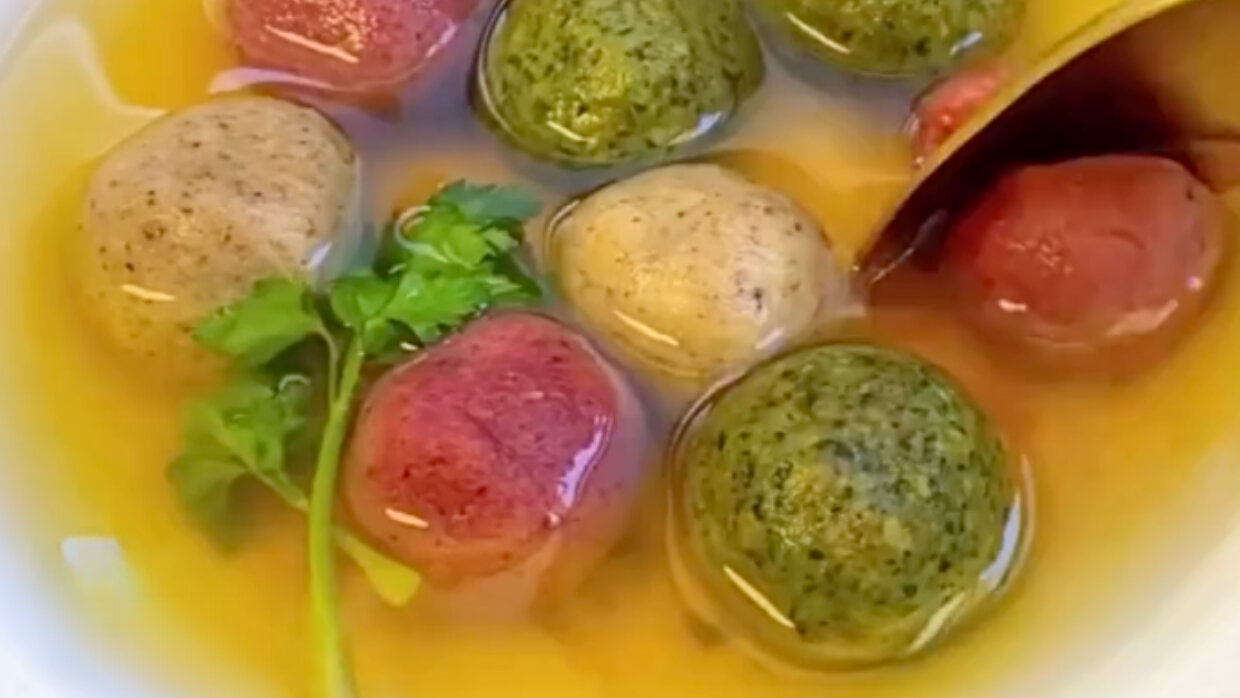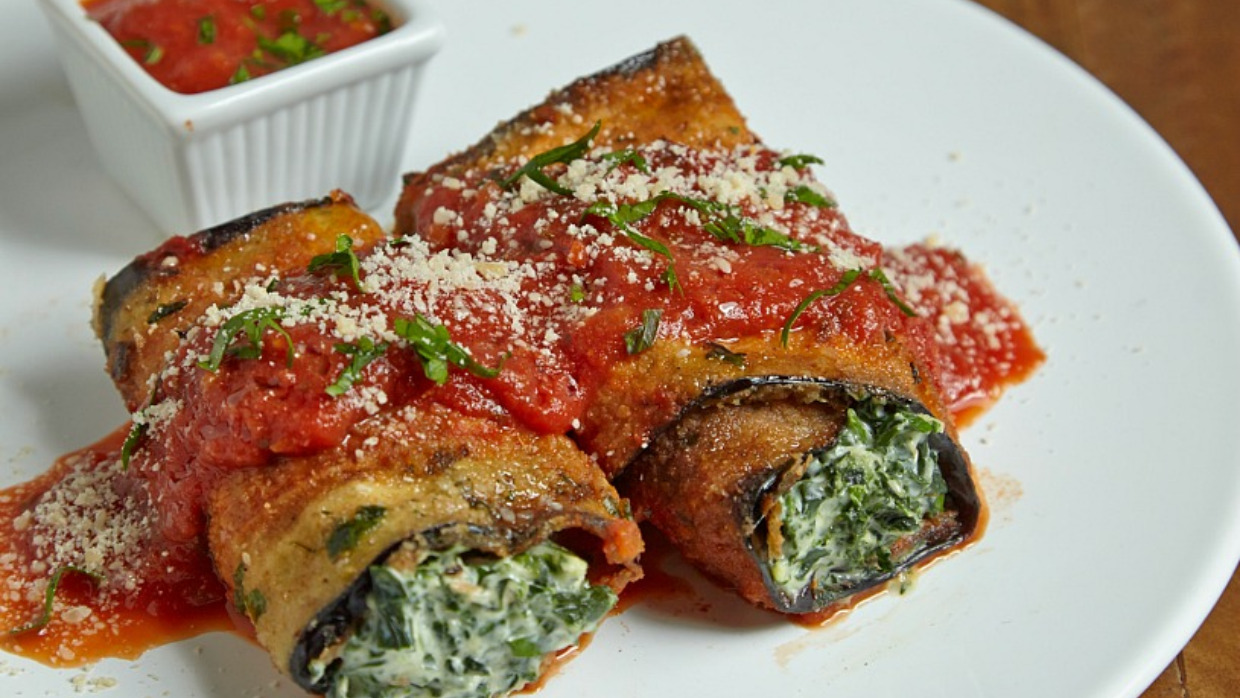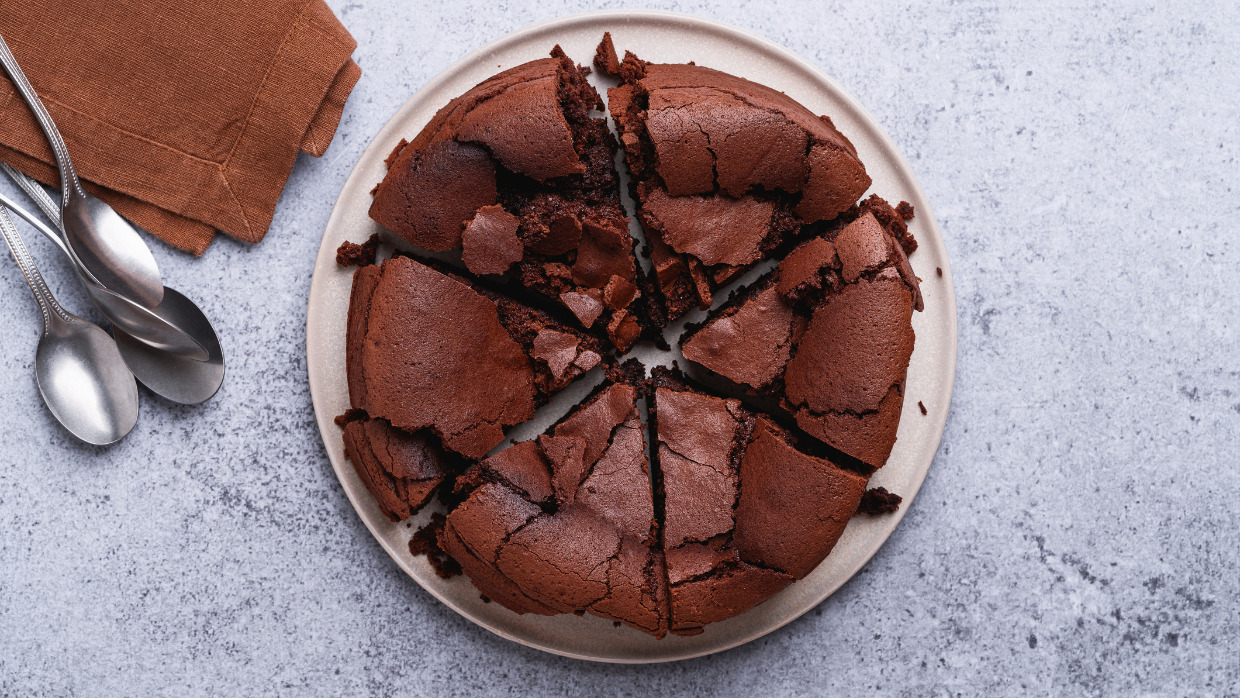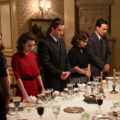Most people go through an awkward phase in high school, but I suspect my experience was more jarring than most. I went to a tiny Jewish day school until eighth grade, and when it came time to choose a high school, I opted for a large public school and joined over 600 teeming freshmen students.
I came to a larger school to meet people and make friends, but I suddenly realized that I had no idea how to meet people or make friends in this strange new world. So I watched to see how others were navigating it.
There were basically two approaches: The Conformers who did everything they could to blend in, and the Rebels who did everything they could to stand out. Of course, even the Rebels tended to form their own small cliques and communities. Adapting to public high school seemed to be a matter of finding the group I could belong to.
But I didn't feel trendy enough for the Conformers or radical enough for the Rebels. So high school was a four-year social experiment – sometimes lonely, sometimes welcoming, and I developed a lifelong fascination for what it means to belong.
The question of social harmony has tickled philosophers for centuries. How do we all get along? How much of ourselves should we sacrifice for the collective? Ancient Jewish wisdom addresses this issue in a surprising rabbinic teaching about food.
The rabbis teach that there are three types of peace: the river, the bird, and the pot. One way of understanding this is to see them as three progressive levels of coexistence. In a river, all of the individual raindrops and tributaries blend completely. They form a cohesive whole, but it comes at the expense of their individuality. The river symbolizes the absolute Conformer, which is the least sophisticated type of peace.
Next comes the bird, which spends a great deal of its time alone but is capable of joining together with other birds in an organized flock. This type of coexistence preserves the individual, but it is temporary and self-serving. The bird symbolizes the Rebel and his clique of like-minded friends.
The final symbol is perhaps the least glamorous – the humble pot of food. If you stare into your favorite vegetable soup or homemade chili, you'll find a number of ingredients bubbling up to meet you. The potatoes, onions, and beans are all visible and distinct, and yet each has contributed its unique flavors and absorbed new flavors from the rest. In Judaism, this is the ultimate form of peace – a melting pot that preserves the identity of its ingredients while enabling them to share in a greater whole.
As my high school experience taught me, this type of peace is the hardest to come by. It requires a tremendous amount of maturity to remain both independent and open, self-assured and emotionally receptive, and perhaps it’s too much to ask from a group of confused teenagers. But for society as a whole, it's certainly a precious vision worth striving towards.
Chief Rabbi Lord Jonathan Sacks recounts a conversation he once had with Catholic writer and historian, Paul Johnson. Johnson's A History of the Jews had already become a classic, and Rabbi Sacks took the opportunity to ask him what had struck him the most about Judaism:
He replied in roughly these words: "There have been, in the course of history, societies that emphasized the individual - like the secular West today. And there have been others that placed weight on the collective - communist Russia or China, for example." Judaism, he continued, was the most successful example he knew of that managed the delicate balance between both - giving equal weight to individual and collective responsibility. Judaism was a religion of strong individuals and strong communities. This, he said, was very rare and difficult, and constituted one of our greatest achievements.
Johnson's observation underscores one of Judaism's most valuable lessons for the modern world, particularly during a time of conflict. And, fortunately, it's a lesson that we don't have to go far to learn. For those of us who appreciate a good recipe, it bubbles to life in even the humblest bowl of soup.
Try some of Jewlish’s favorite Jewish soups and stews:















Chicken soup, the famous Jewish Penicilin, my favourite.
So contradictory.
Very interesting comparisons. I always likened the culture to a fresh vegetable salad: each ingredient totally itself but all contributing to the overall taste and texture.